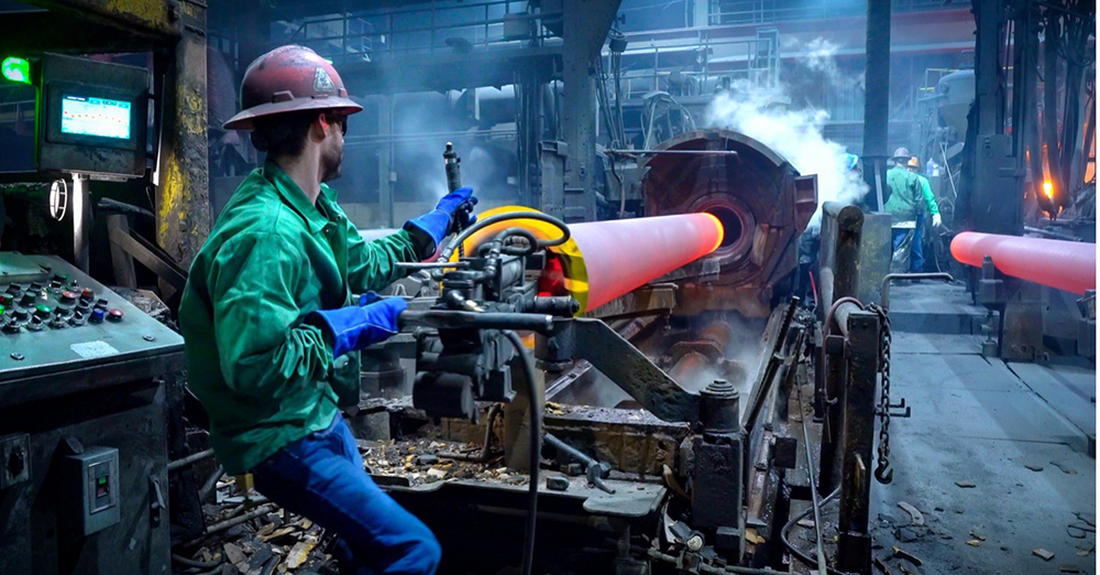
Traditionally, utility poles are made from wood, steel, or concrete, but there is now a growing need for more reliable materials. Ductile iron utility poles are an attractive alternative for power distribution and telecommunication infrastructure.
While both cast iron and ductile iron belong to the same class of iron alloys, ductile iron’s microstructure makes it suitable for utility poles. Learn the differences between cast iron and ductile iron to see how ductile iron poles can contribute to a robust and reliable network.
Composition
Cast iron, an alloy of iron, carbon, and silicon, is known for its strong compressive strength and durability. The carbon content in cast iron typically ranges from two to four percent. The high carbon content also leads to the formation of graphite flakes within the iron matrix which leads to a brittle iron structure.
Ductile iron, also known as nodular or spheroidal graphite iron, has a composition like cast iron but with the addition of a small amount of magnesium. The presence of magnesium converts the graphite flakes into rounded nodules, significantly improving ductility and strength.
Mechanical Properties
The differences between cast iron and ductile iron become more apparent when we examine their mechanical properties. Known for its good compressive strength, cast iron can support a considerable amount of weight.
However, cast iron possesses low tensile strength, making it susceptible to cracking under tension. Additionally, it has poor ductility and impact resistance, limiting its capability to undergo significant deformation without failure.
In contrast, ductile iron offers a more impressive balance between strength and ductility. It possesses high tensile strength—similar to that of steel—which provides better resistance to cracking and deformation. Ductile iron also exhibits greater impact resistance, better fatigue properties, and improved machinability, all of which make it a superior material for power pole alternatives.
Durability and Resistance
Cast iron, while known for its excellent resistance to wear and corrosion, remains prone to fractures due to its brittleness. Its limited ductility and poor impact resistance can lead to failure under certain circumstances, such as sudden shock loads or temperature changes.
On the other hand, ductile iron’s enhanced mechanical properties directly translate to improved durability and resistance. Its higher ductility enables it to better withstand sudden loads without cracking and resist failure even when impacted by external forces.
Ductile iron displays enhanced ductility thanks to its unique microstructure with nodular graphite particles. Manufactured in ISO 9000-certified facilities a high quality and consistent product. Contact us for excellent utility poles that protect your power grid.

